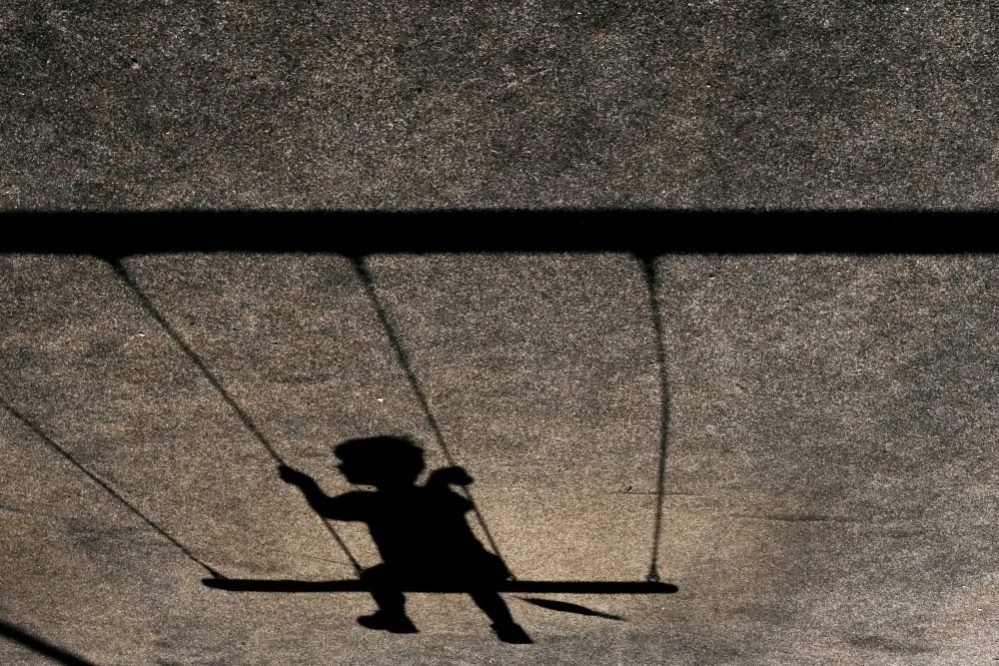Small School, Big Ambition

No matter how much you prepare for your first headship, nothing can prepare you for what you will unearth when you finally take the role. Under interim heads, our school had been through something of a transition period up to my appointment in January 2017. There were three classes, one without a teacher, the other two teachers having been there for only eight months and a little over 12 months respectively. Lessons were being planned and taught on a daily basis, there being no long-term planning to support the staff. They’d had little CPD since starting. The local authority (LA) visited within my first few weeks and graded the school as inadequate.
I was obliged and willing – along with the governing body – to focus on improving the quality of teaching and learning whilst rebuilding the school’s reputation locally. On reflection, what I did first was completely the wrong thing to do. I parachuted in the curriculum that I had been working on at my previous school, wanting something that was a finished product. This, however, did not get to the heart of what a curriculum was, nor did the staff have any ownership of it.
As a result, I then modelled how I would change things based on available research. I introduced a feedback policy based on Hattie’s Visible Learning (2012), to focus on why we were feeding back and what we were expecting as a result.
The LA wanted the school turned around quickly. I imagined that questions were being asked of its viability. Prospective parents were applying for admission on behalf of their children whilst there was no Year R teacher and no permanent headteacher. Consequently, we were informed that there was a zero intake in Year R for September 2017.
Whilst a low point, it coincided with an ethos being established. By the May half term, we had a permanent Early Years and Key Stage 1 teacher in post, a lower Key Stage 2 teacher who was ready to grow and a new upper Key Stage 2 teacher who believed in what we were trying to do.
Getting to the heart of our curriculum offer
We are situated in a stunning learning environment, with uninterrupted views of the South Downs. The location became key to us as we embarked on building a curriculum of our own, linked explicitly to the Downs where relevant.
A key part of this is our outside learning, which takes place each week. Early on we made the decision to move away from Forest Schools and renamed our sessions ‘Bury Rangers’. This was done because our sessions are not Forest School sessions. They are always explicitly linked to the curriculum. All children spend a minimum of one afternoon per week learning in and about our environment. An example: whilst learning about Anglo-Saxons, the children used their time in the environment to learn about the natural dyes that were created from the local flora and then set about creating their own. Whilst learning about music, the children used the natural sounds of the woodland to create musical scores.
To support staff, we engaged with other local experts: the South Downs National Park education team, Sussex Wildlife Trust, RSPB and the Slindon Estate National Trust. This has provided the children with a real purpose for their learning and has afforded the teachers time to hone their teaching of features such as explicit Tier 2 vocabulary instruction, words used by mature language users across several content areas. As a teaching team, we selected the Tier 2 vocabulary that was most important to our children and then matched these with our curriculum to ensure that they are taught in specific year groups, thus ensuring that our children are explicitly taught key vocabulary. The opportunity to work with local experts, children learning how to care for the species on their doorstep and sharing children’s work at exhibitions have engaged the wider community in the process. Parents were very supportive of our drive to utilise the environment around us and to teach the children how important it is to gain a knowledge for it now, before it is too late. One example of what OfstedThe Office for Standards in Education, Children’s Services and Skills – a non-ministerial department responsible for inspecting and regulating services that care for children and young people, and services providing education and skills described as a ‘treasure-trove of exciting learning opportunities for pupils’, was the whole-school theme of learning about local beetles. The children learned about the habitats that were special to our location.
This all sounds very cross-curricular, which is a disservice to the planning of the staff. The teachers have been working on creating knowledge organisers for each individual subject; the beetle work just happened to support lots of curriculum areas. Where it did not, knowledge and skills were taught discretely. Sustainability is being built into this approach because the staff team have been working closely on the research behind effective teaching and learning.
We needed more CPD but had limited finances to access it, so we looked at other avenues to explore. A couple of the staff were already Twitter-savvy for CPD purposes and, although reluctant at first, we now have all of the teaching staff using it, an example being #PrimaryRocks on a Monday.
When rebuilding the staff team, I saw an email from the Chartered College looking for network hubs. As one of many small schools in West Sussex, I thought that this would be the perfect opportunity to gain access to CPD for ourselves and others by hosting sessions in our rural setting. We also did this to broaden our allies. With rumours persisting about the long-term viability of small schools, I saw this as an opportunity for us to broaden our reach. We were accepted and have since held a different session each term, including: ‘Using film to improve writing’; a session with Chris Wheadon from ‘No More Marking’, looking at the research behind ‘comparative judgement’; and a series of sessions working closely with Durrington Research School, including looking at cognitive load theoryAbbreviated to CLT, the idea that working memory is limited and that overloading it can have a negative impact on learning, and that instruction should be designed to take this into account with Andy Tharby. Building these relationships with colleagues offers us the chance to clarify our own thinking.
The staff at school are given time to read, in addition to planning, preparation and assessment (PPA) time. Recently we have been discussing and dissecting ‘maths mastery’, perhaps one of the vaguest terms in education at the moment. We have reached the conclusion that, for us, it is about applying Rosenshine’s ‘principles of instruction’ (2012) to our teaching. Having been given time to read the paper, individual teachers have identified the different principles that they would like to further improve on. One of the teachers recently invited me to look at a lesson and together we reviewed how the children were responding to the applied principle. The fact that we were even having this discussion shows how having a small team, which trusts each other to say when things are not working, offers us massive potential to improve – the professional discussion in the staffroom is worth weeks of staff meetings.
In a short period of time we have steadfastly held on to the belief that we can provide not only a broad and balanced curriculum, but also one that offers opportunities far beyond that of the National Curriculum. Our small size has allowed us to do just that. I am not naïve enough to think that our curriculum is better than anybody else’s, but I do know that what we are building (because it will never be complete), is working for our children and our wider community. Most importantly, as the families, community and Ofsted have seen, a small school can provide a broad and balanced curriculum that is ‘a treasure-trove of learning opportunities’.
References
Hattie J (2012) Visible Learning for Teachers. Oxon: Routledge
Rosenshine B (2012) Principles of instruction: Research-based strategies that all teachers should know. American Educator 36(1): 12–19.










